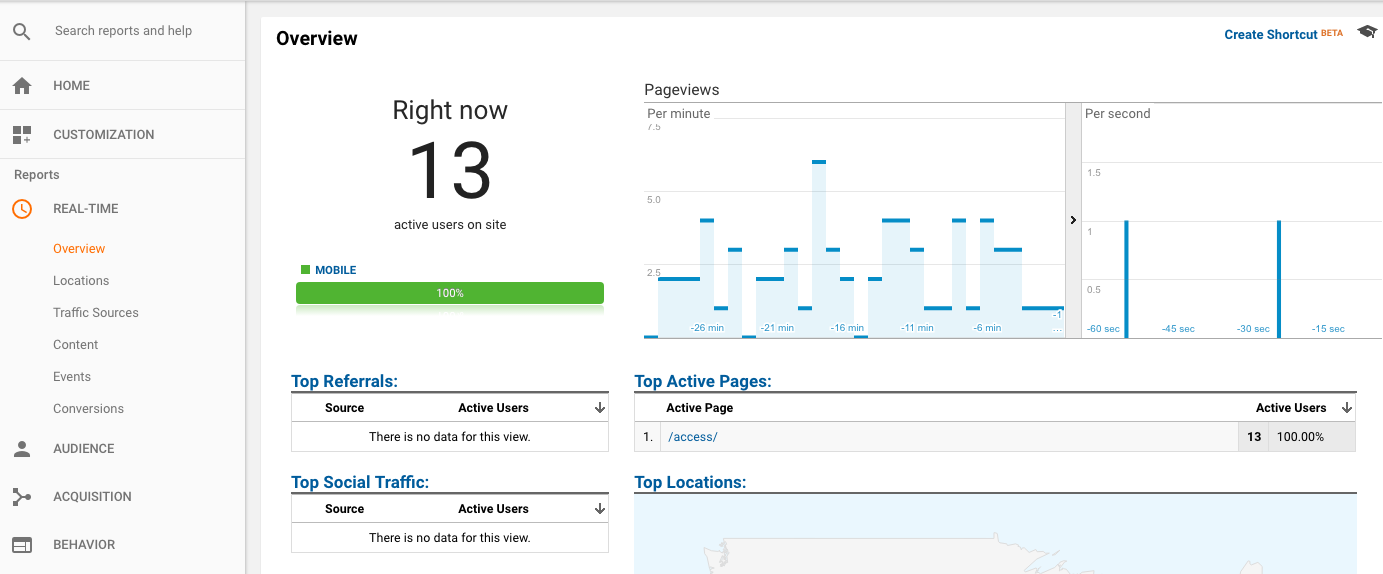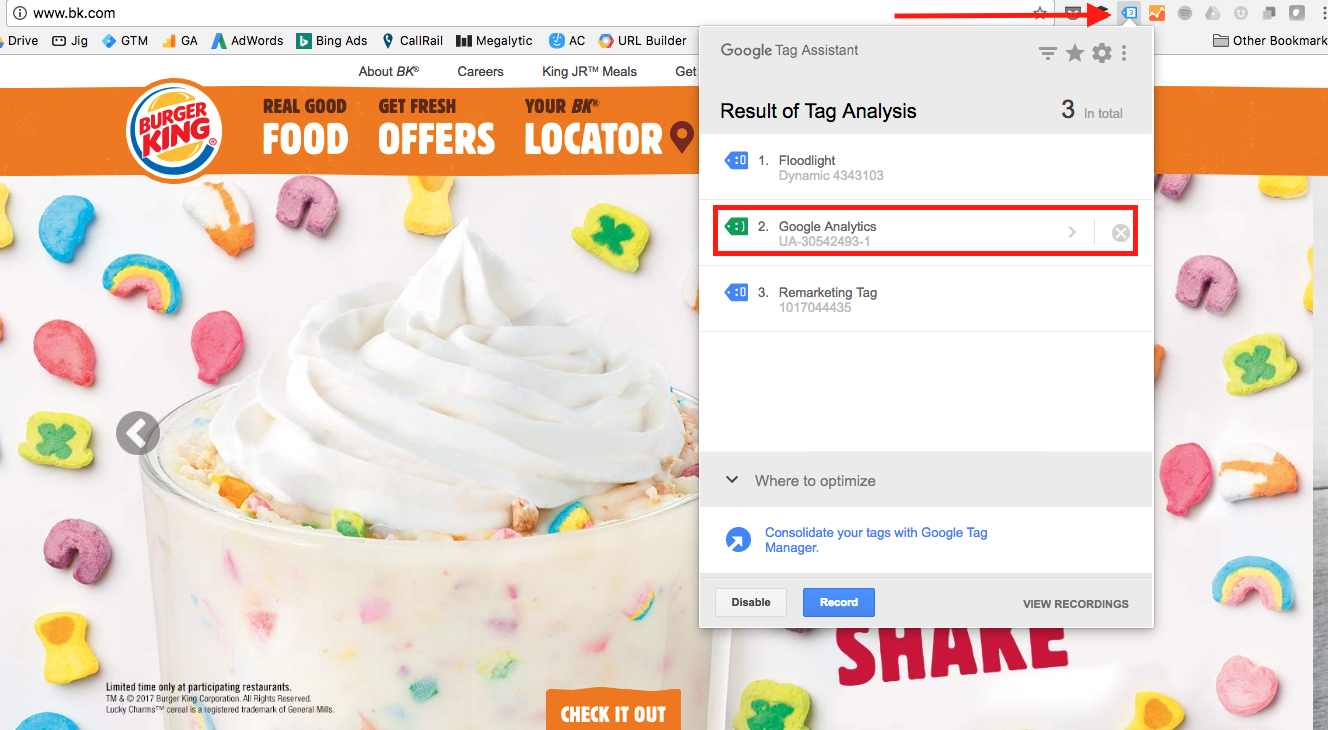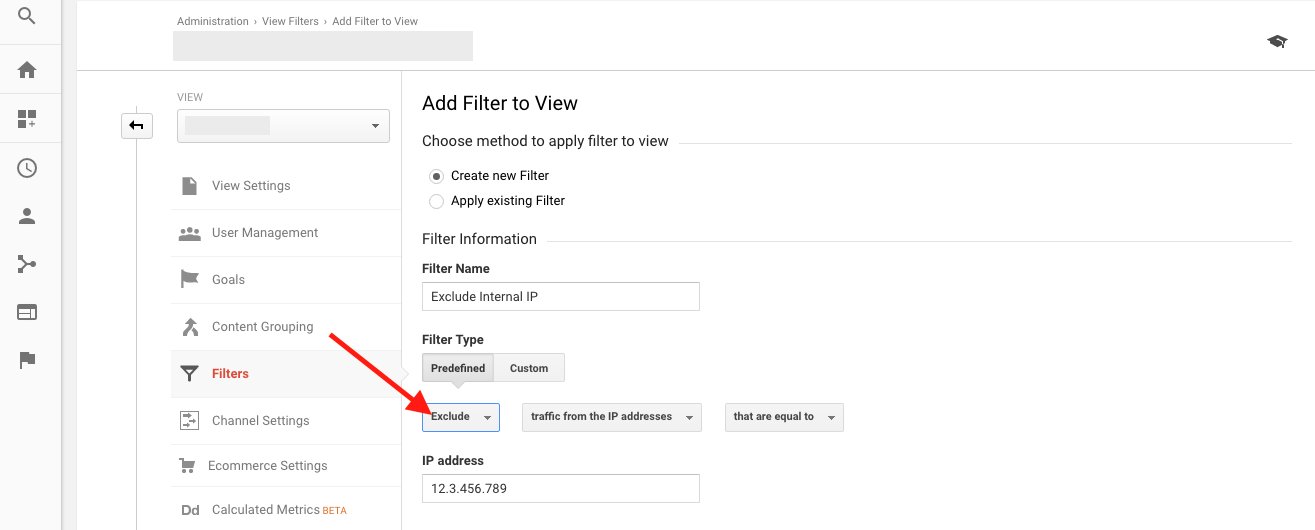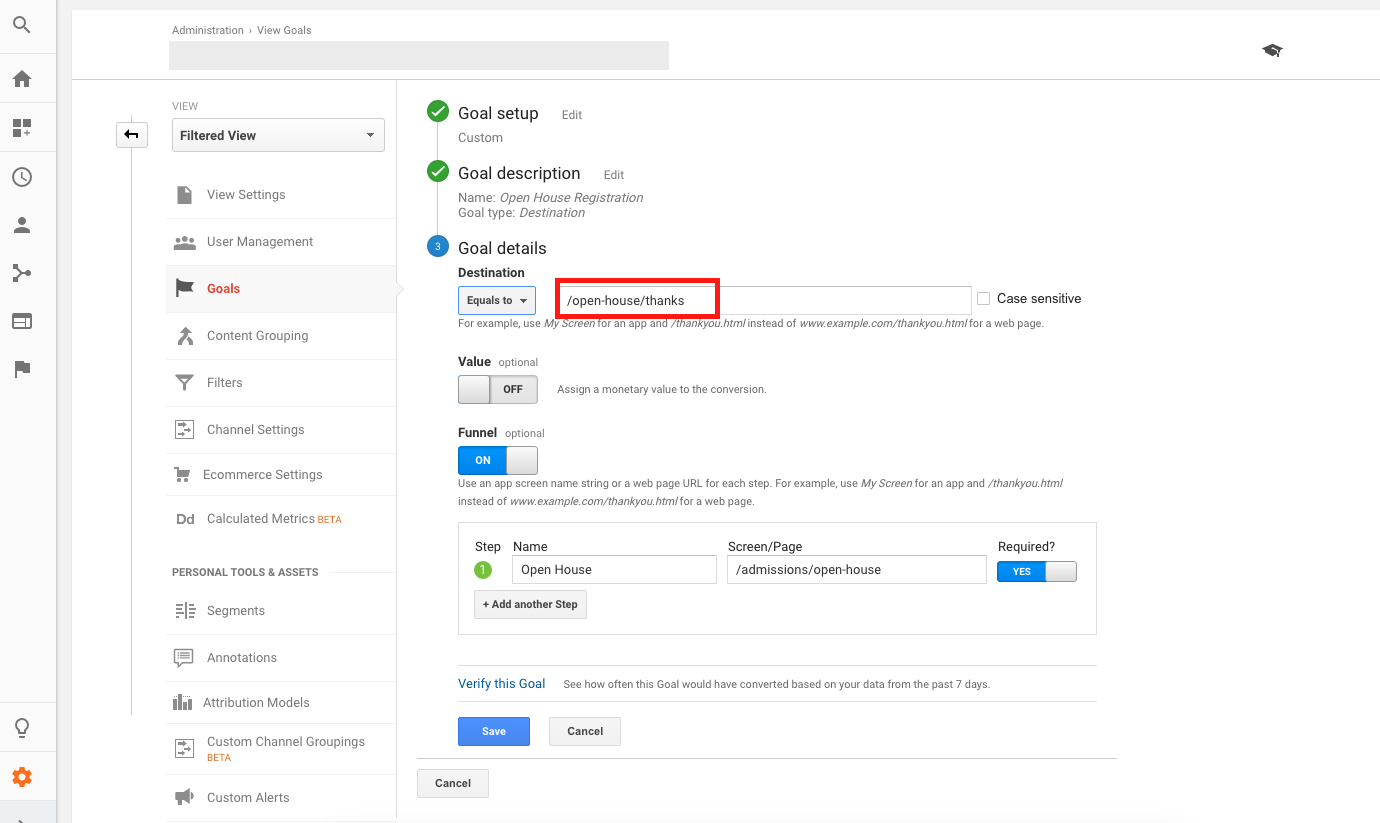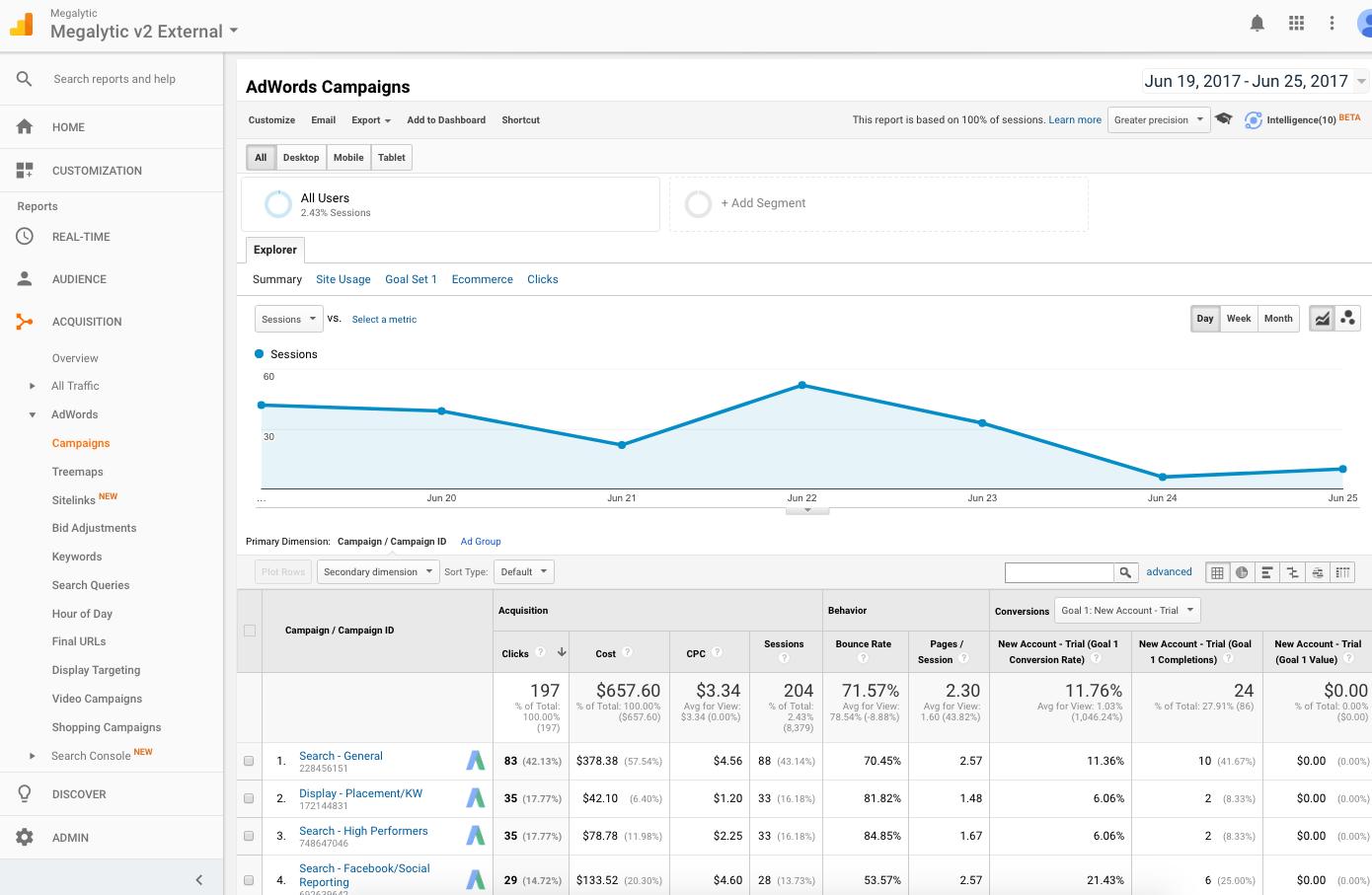
No Sessions or Abnormally Low Sessions
If you log in and see no sessions registering for your site, the cause could be any number of issues:
- Your site has actually gotten no traffic.
- The Google Analytics tracking code is not installed on your site.
- The tracking code is installed improperly.
- The wrong Google Analytics code is installed.
- A filter is excluding traffic that shouldn’t be left out.
First, do a test visit to your site and look at real-time analytics to see if your own session is showing up. Note that if you have IP filtering in place to exclude your location, you may want to access the site from a device that is not connected to your typical IP.
If your own session isn’t showing up, you know that Google Analytics is not properly tracking visits and you can begin to investigate the possible causes. If your session is showing up, you may want to check filters to make sure you’re not unnecessarily excluding traffic that you want to track.
To check if the Google Analytics code is in place properly on your site, use Google’s Tag Assistant Chrome extension. This extension will show you if Google Analytics is in place and if it is functioning properly.
From there, cross-reference the Google Analytics account UA number showing up in Tag Assistant vs. the account you are actually looking at. Sometimes, a miscommunication can result in multiple Google Analytics accounts being set up, with the client having access to one that’s actually on the site, while an additional account was shared with an agency but isn’t connected to a live code. If the code mismatch is the cause of the problem, updating it to the proper code will solve the problem.
Even if you see sessions showing up in the interface, your Google Analytics code still may not be properly in place. Ghost referrals from spammers can still register as hits in your Google Analytics account. For a deeper dive on spam in your analytics, see our article about fake referrals.
Also consider that improperly configured filters can leave out more traffic than intended. As a brief primer, filters allow you to include or exclude traffic based on parameters such as IP, source, and many of the dimensions available in Google Analytics. One common use of filters is to exclude traffic from your internal IP address to avoid counting your own visits to the site. However, if you’ve accidentally set the filter to “include only” traffic from that IP address vs. “exclude” it, you’ll end up seeing barely any sessions.
No Goal Completions
Conversion tracking is a crucial part of analytics tracking that ties return on investment to website performance. That’s why it’s so important to ensure that you’re actually tracking accurate numbers for lead and revenue data in order to properly measure results. What do you do when you know contact form submissions are coming through your site, but completions aren’t showing up where you set them up in Google Analytics?
First, if a contact form has a thank you page, check to see that you’re tracking the right page. A difference as subtle as tracking a URL with a slash at the end and the actual page not having a slash could result in untracked data.
Next, check that the Google Analytics code is actually in place on the thank you page, using the same Tag Assistant extension in Chrome that you would use to check your other pages. Even if the code is in place elsewhere on the site, it may have not been implemented everywhere you need it.
Also, be sure to confirm that the contact form is indeed bringing users to the proper thank you page upon submission. A site update or form edit could have inadvertently changed your configuration.
No Google Ads Traffic
When you’re running Google Ads campaigns, you want to be able to see PPC data in Google Analytics. Connecting the accounts helps you gather data on what users are doing on your site after coming in from ads. Watching those behaviors allows you to compare Ad performance against other channels to make strategic decisions. However, a hastily set up Ads account may have bypassed the step of linking Google Ads to Google Analytics. In this case, Google paid search data may come through with a source/medium of google/organic instead of paid or even [not set].
If you know that Google Ads are getting clicks, but you’re not seeing google/cpc in your Source/Medium report or any traffic from the Ads section of Analytics, first check that you’ve properly linked Ads and Analytics. Next, ensure that auto-tagging is turned on in your Google Ads account.
After adjusting this configuration, make certain that data starts appearing in the Ads section of the Analytics reporting interface.
Conclusion
The plan to install Google Analytics and sit back to watch the data pour in doesn’t always work out. If you’re not seeing sessions, conversions, or other information that you know should be showing up, there could be a number of relatively simple explanations. First, check on the correct installation of the code and configuration of Google Analytics itself. Even if data is coming through, it never hurts to be proactive and double-check your configuration periodically. Sometimes, even though you know you turned the stove off, you give it a second look anyway. It’s the same with Analytics. You can’t be too diligent when it comes to making sure you’re set up properly and that you’re seeing all of the data that is supposed to be coming in.
